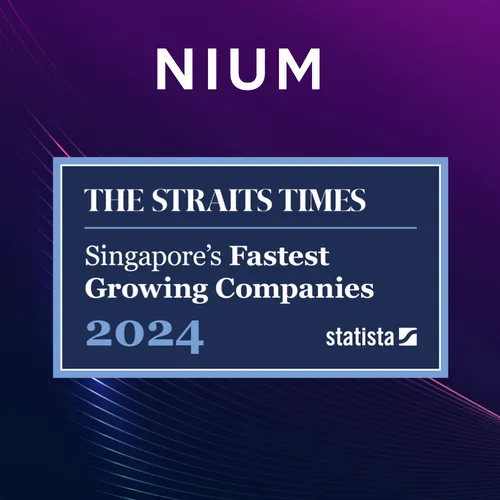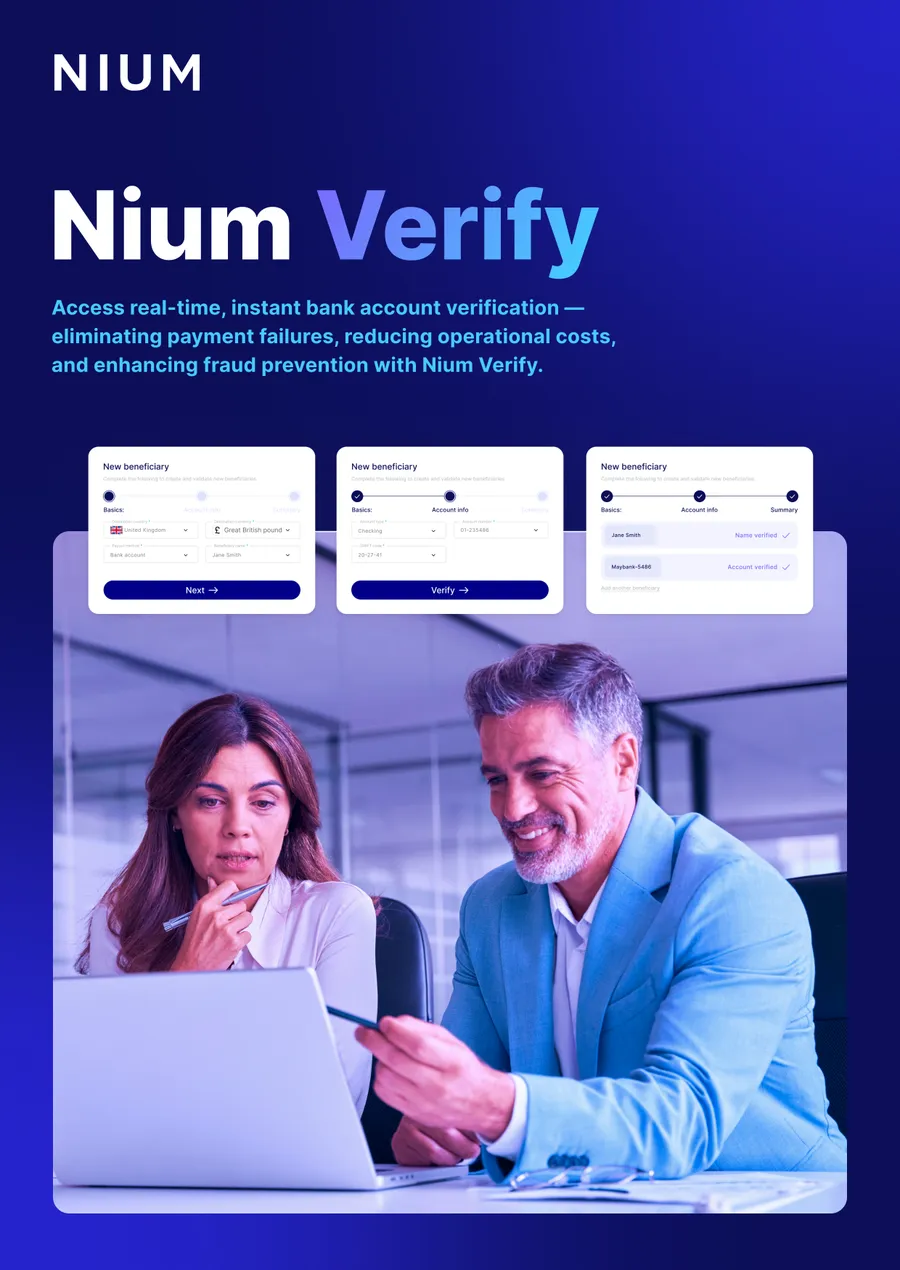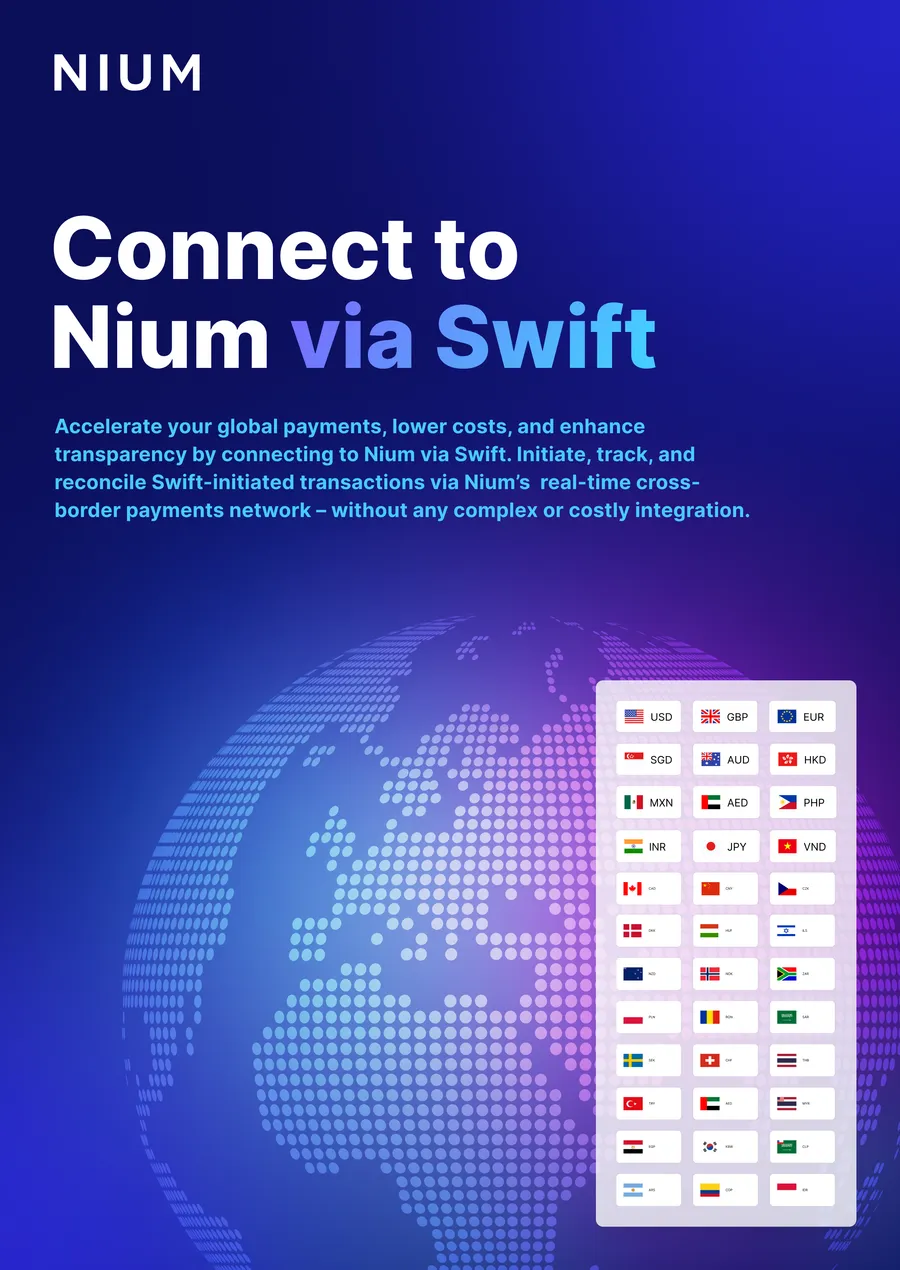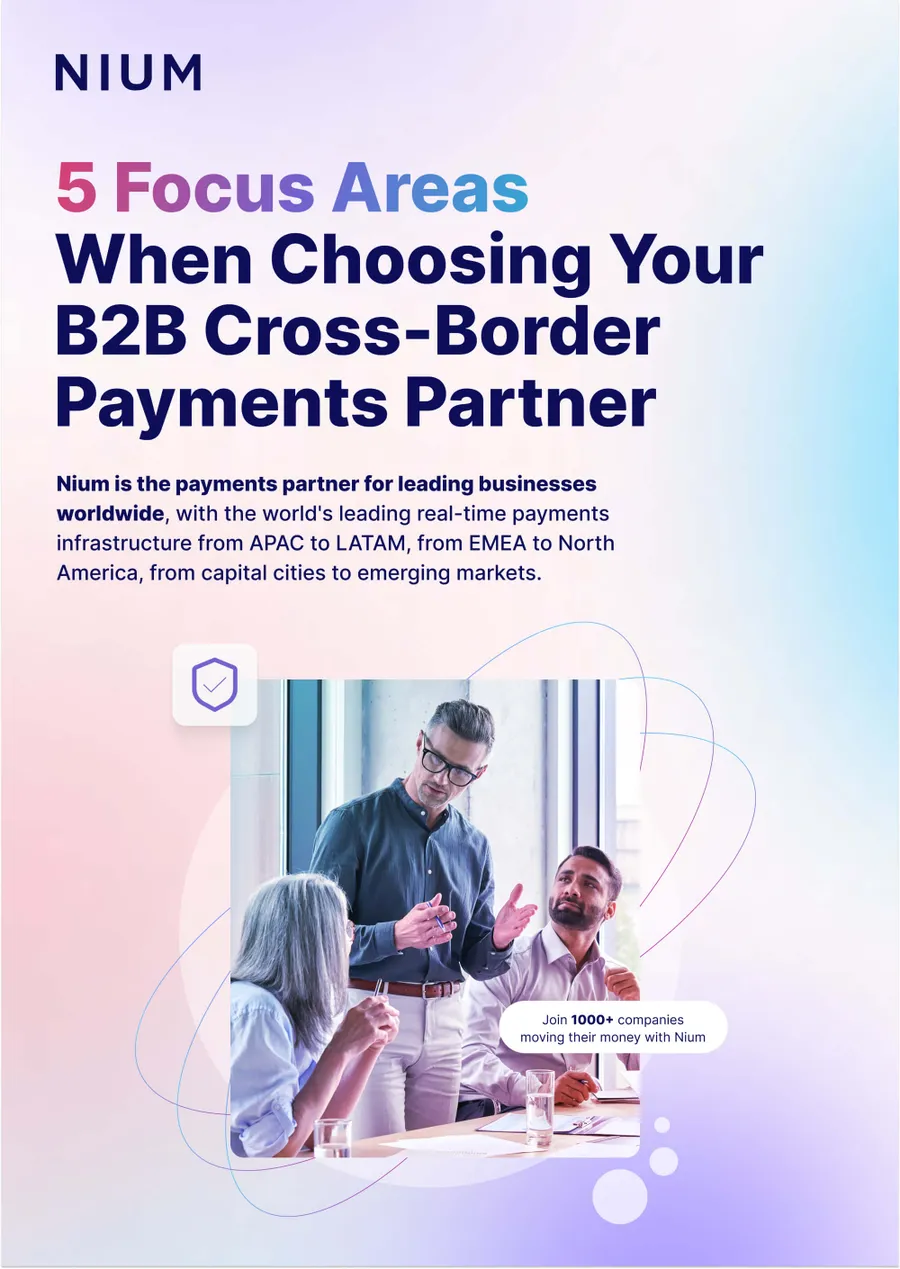The pandemic has significantly changed the way we look at things, and the way businesses view customer acquisition and retention is no exception. Across the world many companies closed stores, suffered tremendous financial losses, and a large chunk of the workforce was left unemployed due to government enforced lockdowns. With this wave of shutdowns, the importance of taking businesses online became clearer, and the future of the retail industry became a critical topic that needed to be addressed sooner, rather than later, in order for businesses to stay financially afloat.
Global Marketplace Trends
It’s no surprise that latest research found that the global online marketplace sales reached $3.5tr in 2020; customers were shopping from the safety of their homes and proactively avoiding physically visiting stores. With this momentum not showing signs of slowing down, the figure is forecasted to reach $8.7 trillion by 2025.
This is why delivering seamless payments technology and ecommerce infrastructure has become a priority for merchants; customer preferences are leading the change in payments landscape to ensure an unforgettably convenient experience. It could not be more evident that fast-tracking transactions using quick, secure and hassle-free payments solutions is the gateway to winning customer loyalty, nurturing sustainable relationships, and driving business growth.
By leveraging the power of BaaS (Banking-as-a-service), third parties can now access banking functionalities, and businesses can connect to banks via APIs, thus making revenues increase with incredible efficiency. Enabling marketplaces to integrate digital banking services into their own platform, BaaS adds incredible ease to transactions, and improves the customer experience for a much-needed modernized payments transformation.
Banking-as-a-Service: The Challenges
Benefits set aside, when tapping into the power of BaaS, it is essential to first assess if it meets the core needs of the marketplace. Some key challenges faced by marketplaces include:
- Access to split payments, complex payout calculations and streamlined set up support,
- Availability of Alternative Payment Methods (APMs) solutions,
- Access to competitive foreign exchange (FX) rates,
- Satisfying local know-your-customers (KYC) regulations,
- Fulfilling licensing requirements for payments aggregation and payments data localization needs.
Banking-as-a-Service: The Benefits
Studies estimate a rise in demand for BaaS to 15.7% CAGR between 2021 and 2031 versus 11.8% CAGR during 2016-2020. In fact, BaaS is well on its way to become an impressive $3.6 trillion industry by 2030.
The ability of non-bank businesses to embed financial services into products has unlocked great financial gains for brands by securing customer loyalty and boosting profits. Moreover, by no longer having to invest in infrastructure required to support legacy banking services, they save financial resources that could be used for fueling strategic business growth.
From the customer perspective, the right payments technology translates into quick, convenient and a flexible range of payment options to choose from when buying from the marketplace. This means that the customer experience influences the likelihood of them building strong stickiness with the brand, and in turn, the chances of the business winning a loyal, long-term, consumer.
This is why financial products being accessible to consumers at the point of need is a game-changer that helps them break away from the cumbersome transaction stages otherwise associated with traditional banking models or rails. Another incentive to adopt BaaS is the opportunity to engage younger customer base. As per a recent Bain & Company study, 75% of consumers between the ages of 18 and 24 would use a financial product offered by an established tech company- confirming that the young market segment is ready to embrace change as long as it comes from a reliable tech provider.
Business-as-a-Service: Examples Around Us
A great example of BaaS helping the business and a key stakeholder is Uber; Uber drivers use the Uber app to track their earnings and rides. For transactions and banking functions outside of the app experience, Uber can integrate business current accounts and payment options to deliver an outstanding end-to-end solution for ease-of-use by drivers. This also adds to their data collection helping them make well-informed future decisions to steer the direction of their operations.
The health tech startup “Saveo”, a B2B e-commerce platform for pharmacies, utilizes embedded finance to extend credit offerings to retailers that helps pharmacies generate working capital. In turn, this improves cash flows by eliminating the lags it takes to collect regular payments before the money can be put to use.
Lastly, the gig economy platform “Workflexi” is another great example; connecting hiring personnel and available workforce consultants, contractors, freelancers- they help both parties to provide and secure “gigs”. The payments happen within the platform; thus BaaS removes settlement delays traditionally caused by payment gateways.
How Can Nium Help Businesses Reap the Benefits of BaaS?
Nium’s platform empowers businesses of all sizes with powerful financial services; we offer customers structural flexibility so financial institutions can create and distribute new financial products in real time. Our banking-as-a-service solution goes above and beyond to provide account flexibility, and RTPs (real-time payments) to banks and financial businesses that choose Nium’s BaaS platform to unlock new revenue generating opportunities.
That’s not all- Nium prioritizes security, transparency and cost-effectiveness to help customers regain complete control of their business payments without having to worry about scalability or not fulfilling their customers’ expectations. Eliminating bottlenecks and leading the way in a new age of business payments, Nium makes modernized payments systems seamless in today’s digital-first world. From a fast flow of funds to automated processes, Nium’s BaaS platform ensures marketplaces can experience simple, seamless, and scalable cross border payments for a stronger than ever competitive positioning.
Want to learn more? Schedule a call with our team today!



.png@webp)

.png@webp)
.png@webp)
.png@webp)




